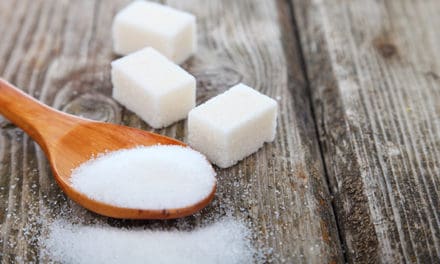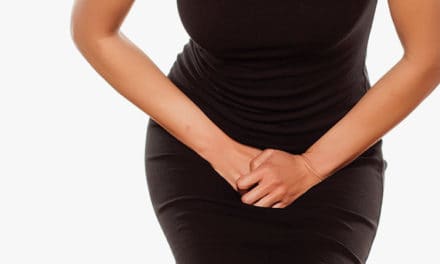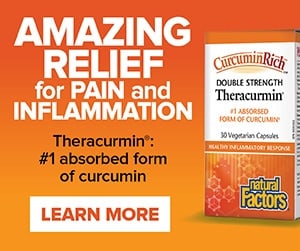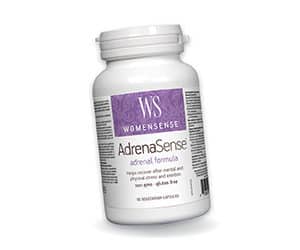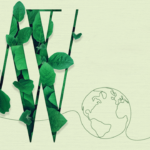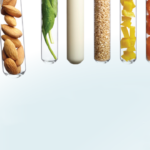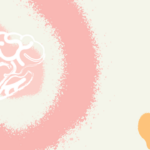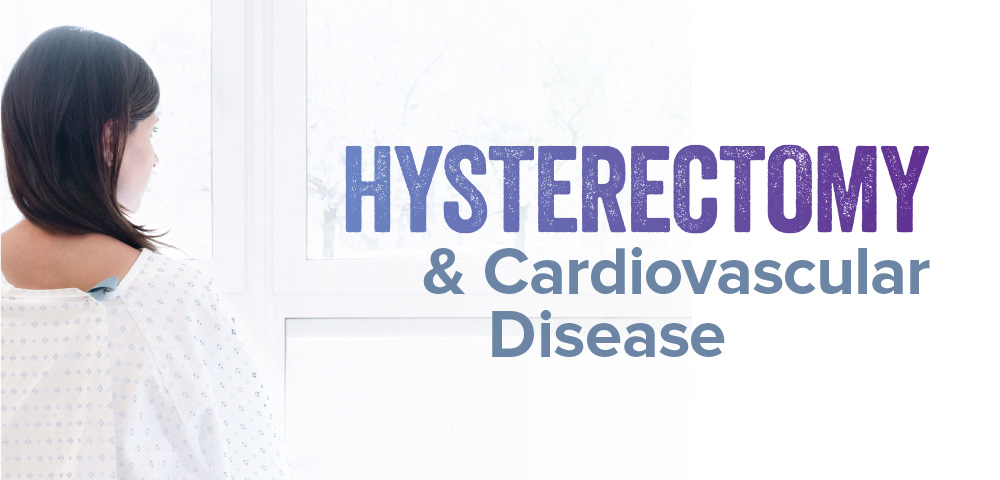
Canada’s hysterectomy rate is the highest globally, second only to the United States and almost double the European Union.
The word “hysterectomy” is derived from the Latin hystericus, meaning “of the uterus.” Historically, it was believed that there was a direct link between the uterus and the brain, which was thought to predispose women to emotional instability and insanity. The only insanity and madness here is the number of unnecessary hysterectomies performed on women each year.
First things first, a hysterectomy removes the uterus, while removing the ovaries is the biological equivalent to castration in males. The term “oophorectomy” for ovarian removal has mostly replaced the use of the word castration.
In 1945, an eminent surgeon, Dr. N. Miller, stated that the “uterus in the non-pregnant state is one of the more important revelations of our age.” The paper entitled, “Hysterectomy: Therapeutic Necessity or Surgical Racket,” was published in the American Journal of Obstetrics and Gynecology. Somewhere along the line, this wisdom has been lost.
Overall, the only time a hysterectomy is necessary is for cancers of the uterus and genital tract.
However, only 10% of the performed hysterectomies are for a cancer diagnosis, making most of the remaining 90% unnecessary.
In most cases, surgeries are done for a benign disease, dysfunctional bleeding, or pelvic pain. When there is a disease, it is most often a uterine fibroid, the most common reason for a hysterectomy.
These conditions respond to less invasive procedures, which, if chosen, would preserve the uterus – procedures such as myomectomy, endometrial ablation, and embolization for fibroids. The increasing use of these alternatives partly accounts for the fall in the number of hysterectomies in the past decade in some countries.
Despite the overwhelming medical evidence that removing the uterus and ovaries is incredibly damaging, these surgeries continue at alarming rates.
Some of the most common consequences of hysterectomy include:
- Cardiovascular disease
- Immune compromise
- Depression and personality changes
- Loss of sexual desire and orgasm
- Painful intercourse
- Weight gain
- Osteoporosis
- Bone, joint, and muscle pain
- Prolapse of the vagina, bladder, and bowel
- Urinary tract infections and incontinence
- Digestive disorders
- Fatigue and loss of stamina
- Loss of short-term memory and dementias
Women who have a hysterectomy with or without ovarian removal are at a much higher risk of cardiovascular disease (CVD) and metabolic conditions. Studies show that oophorectomy increases mortality and the risk of CVD and other chronic diseases and, as a result, oophorectomy rates have decreased. However, hysterectomy rates with ovarian conservation are increasing, particularly in younger women, despite the harmful, long-term outcomes. Results of studies have shown that women undergoing hysterectomy with ovarian conservation were more likely to develop hyperlipidemia, hypertension, obesity, cardiac arrhythmias, and coronary artery disease. Incidence of CVD is greater when the surgery is done for women who are under 35.
Women should be given sufficient information about the reasons, risks, and benefits of any treatment offered to them, along with alternative options. Do not be afraid to ask questions and know your options before agreeing to hysterectomy.
Nutritional support
Inflammation, xenoestrogens (estrogen imposters), and other problems with estrogen metabolism contribute to hormonal disorders that increase the risk for hysterectomy recommendation.
The following are a few supplements I recommend that can offer nutritional support.
EstroSense® contains herbs that help with estrogen balance and the removal of harmful estrogens from the body. Estrogen dominance is a common cause of hormone disorders, such as fibroids and endometriosis, which can lead to hysterectomy.
Probiotics – gut health is a vital part of hormone balance.
Chasteberry is one of the single- most important herbs for supporting hormonal balance in women.
Omega-3 fatty acids help prevent inflammation and reduce risks for hormone disorders and CVD.
CardioSense® supports common causes of CVD that increase with hysterectomy, including inflammation, hyperlipidemia, and hypertension.
Diet and lifestyle tips
1) Consume a Mediterranean diet, as it reduces the risk for CVD and is associated with a better quality and duration of life.
2) Eat liver-friendly foods, such as beets, dandelion greens, turmeric, and artichokes, to minimize xenoestrogens. Cruciferous vegetables, such as kale and broccoli, also help remove harmful estrogens.
3) Eat organic foods whenever possible. Hundreds of the chemicals used on our foods and in the environment are estrogen imposters that can cause estrogen-dominant conditions. To learn more about the harmful effects of xenoestrogens, please refer to my recent book, Women’s Health Matters.
4) Choose clean body-care products. Many chemicals used in cosmetics, such as phthalates, are estrogen imposters.
5) Filter your water and try to avoid plastics.
And remember, nature never makes an organ that loses its usefulness at any stage of life.


